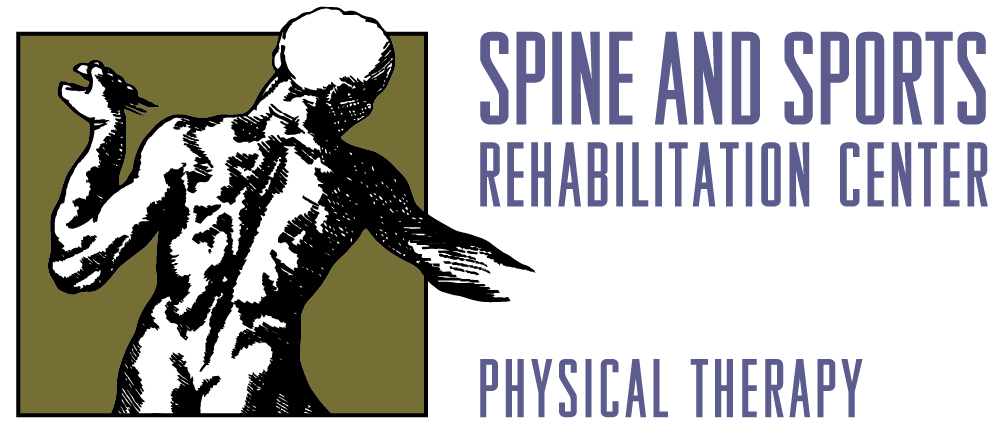Lung Congestion Advice
We are currently experiencing unprecedented concerns over the spread of the Novel Coronavirus (COVID-19). Many people may find themselves staying at home and are concerned about mild cold and flu-related symptoms. We wanted to offer some constructive suggestions for ways to improve breathing and manage congestion if you find yourself at home. These techniques are suggestions ONLY and are not a substitute for advice from your medical doctor. Should your symptoms worsen, please contact your doctor. Follow state, local, and CDC guidance for seeking care.
Keep moving!
Any gentle activities that you can tolerate and do not result in an elevated heart or breathing rate are safe and helpful to keep your lungs and muscles working well. We suggest gentle walking around your home and any easy, well-tolerated stretching/range-of-motion from your Home Exercise Plan. For exercise ideas, contact your therapist to set up an e-visit to learn more techniques specific to you.
Positioning
When you’re not feeling well, it’s tempting to lay propped up on the couch for hours at a time enjoying your favorite movies. What many people don’t realize is that the most important part of your lungs are actually in the back. When you lay on your back for a long time, it puts this part of your body at a disadvantage. The best thing you can do is be aware of your positioning. Make sure to change positions hourly, including spending some time sitting upright and standing if tolerated. This allows all parts of your lungs to have a chance to work well. If you want to be very proactive, you can try some of these positioning techniques. (Note: Chest percussion is considered a contradiction for COVID-19 patients due to an increased risk of cough, unless they have a condition that really requires such treatment, like Cystic Fibrosis or Bronchiectasis. -Tara Renzi, Respiratory Therapist.)
These positional techniques are designed to help different parts of the lungs drain any congestion that builds up. Most people will spend the majority of their time in positions #1-3 by default while resting, so it is important to focus on positions #4-10, most of which can be accomplished by stacking up pillows. You could try spending 20-30 minutes in one or more of these positions while breathing steadily. It is very important that you ONLY attempt these positions if they are comfortable, pain-free and do not impact your ability to breathe. People with reflux or other stomach ailments may have more difficulty tolerating these positions and should proceed cautiously.
Breathing Exercises
Even though most patients have a dry cough, there is still irritation and congestion deep in the lungs. There are many techniques that can be helpful to promote maximal lung function when you are sick, listed below:
Inspiration Exercise:
Sitting tall with good posture, purse your lips (or use a straw if you have one).
Take a slow, sustained, deep breath in. You should feel like you’re working a little harder than usual to get air through your pursed lips/straw.
When you’ve taken the largest breath you can comfortably take, hold it for a count of 2-3 seconds, then exhale normally, without the straw/pursed lips.
Repeat 3-5 times, once per hour. This helps ensure the smallest parts of your lungs are getting good airflow and doing their job.
Expiration Exercise:
Take a full breath in.
Hold 2-3 seconds.
Slowly, steadily exhale through pursed lips or a straw.
Repeat 3-5 times, once per hour.
The Huff Cough Exercise:
Sit up nice and tall.
Breathe in slowly, about 75% of a full, deep breath.
Hold it for a count of 2-3 seconds.
Exhale in short, strong bursts – as if you are trying to fog up a mirror. This helps clear small parts of the airway deep in the lungs.
Do 2-3 “huffs” per breath. Then, cough strongly (into your elbow!).
You can repeat this exercise 3-5 times as long as you are comfortable and do not experience difficulty breathing while performing this technique. Use this technique throughout the day.
Click HERE for a demonstration of these exercises
Feel free to reach out to one of our physical therapists to discuss strategies that might be right for you.
